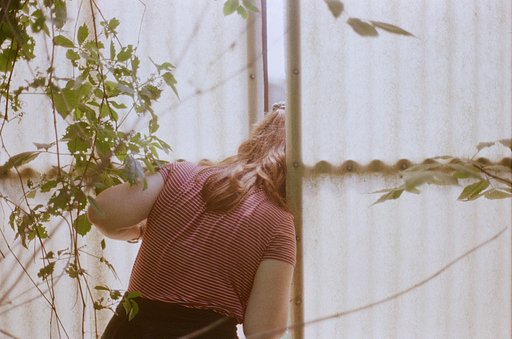Place de la Concorde, Paris
4 10 Share TweetNot only a place of memory, but also an open-air circus. At 8 hectares (20 acres), the octagonal Place de la Concorde is the largest square in Paris. It is situated between the Tuileries and the Champs-Elysées. What is now a place for taking pictures with the Eiffel Tower on the horizon, as well as a reforming place for all sorts of street artists, is actually a place of great heritage.
Nowadays, here you can see a guy who blows giant soap bubbles (to much admiration of all the kids), people pretending to be the statue of the Pharaoh (they work in shifts. I saw them changing into costume in just 2 seconds!), people doing planking on the walls of the Tuileries Garden, people rushing in and out in all directions, the fashion crowd during Paris Fashion Week, and many, many curiosities more.
But, a little bit of history never hurts. So here you go.
In 1792, during the French revolution, the statue of King Louis XV was replaced by another large statue called ‘Liberté’ (freedom) and the square was called Place de la Révolution. A guillotine was installed at the center of the square, and in a time span of only a couple of years, 1119 people were beheaded here. Amongst them were many famous people like King Louis XVI, Marie Antoinette, and the revolutionary, Robespierre, just to name a few. After the revolution, the square was renamed several times until 1830, when it was given its current name, ‘Place de la Concorde’.
In the 19th century, the 3200-year-old obelisk from the temple of Ramses II at Thebes was installed at the center of the Place de la Concorde. It is a 23-meter (75 ft) tall monolith in pink. The Obelisk’s pedestal is granite and weighs approximately 230 tons. In 1831, it was offered by the Viceroy of Egypt to Louis Philippe. Three obelisks were offered by the Viceroy, but only one was transported to Paris. The obelisk – sometimes dubbed as ’L’aiguille de Cléopâtre’ or Cleopatra’s Needle is covered with hieroglyphs picturing the reign of pharaohs Ramses II & Ramses III. Pictures on the pedestal describe its transportation to Paris and its installation at the square in 1836.
At each corner of the octagonal square is a statue representing a French city: Bordeaux, Brest, Lille, Lyon, Marseille, Nantes, Rouen, and Strasbourg. They were installed in 1836 by Jacob Ignaz Hittorf, who redesigned the Place de la Concorde between 1833 and 1846. That same year a bronze fountain called ‘La Fontaine des Mers’ was added to the square. A second one, the ‘Elevation of the Maritime’ fountain, was installed in 1839. Both fountains were designed by Hittorf. I can photograph those fountains over and over again. They have such a great attention to detail and its creator was obviously a man of great imagination. So whatever you do, just going to the garden or already returning from the Louvre, make sure to spend some time on this square.
written by neja on 2011-12-22 #places #people #kids #entertainment #square #fountain #statues #views #location #performers #city #place-de-la-concorde #paris #panoramas #artists #urban-adventures #street-vendors #soap-bubbles #vistas #oblique #live-statues






























4 Comments